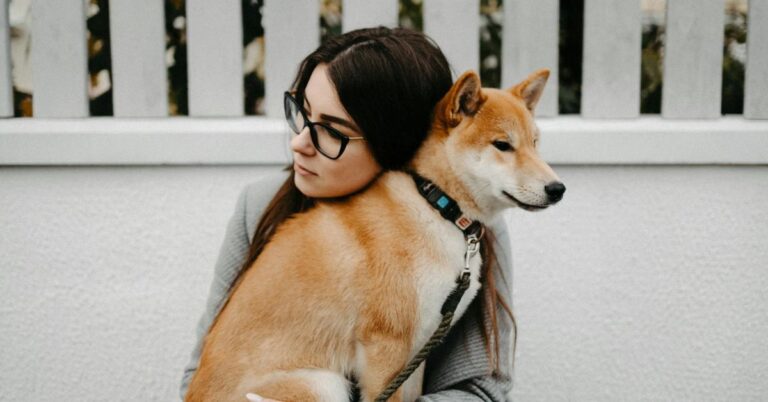15 Dog Behaviors and What They Mean
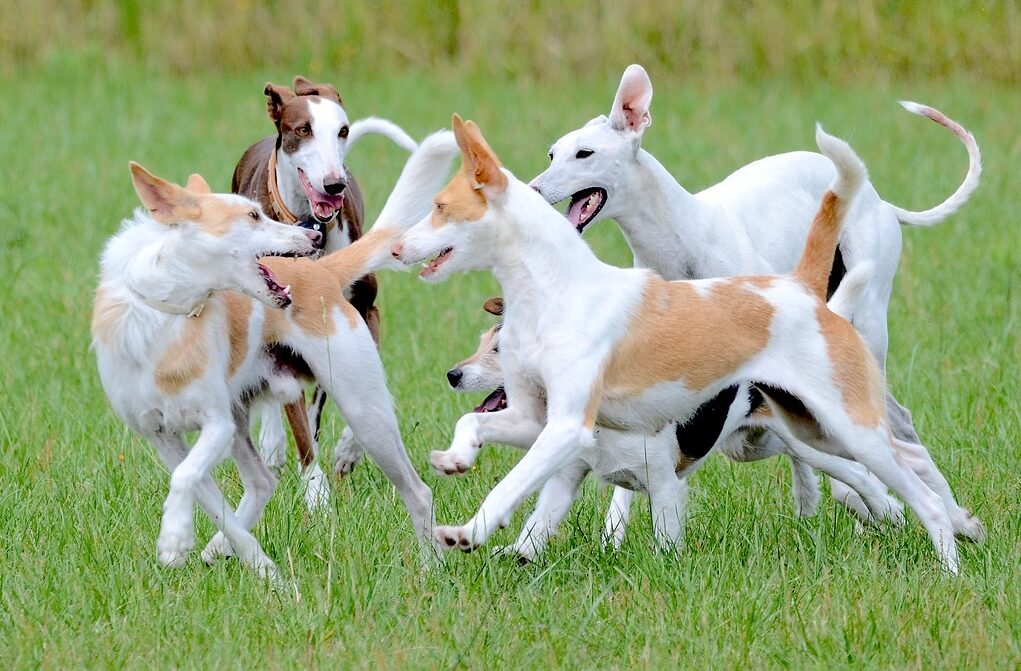
Dogs don’t speak our language, but they’re constantly communicating — through body language, posture, vocalizations, and habits. The key to understanding your dog (and avoiding unnecessary frustration) is learning to interpret these signals. Here are 15 common dog behaviors and what they’re actually trying to tell you.
Tail Wagging Isn’t Always Friendly

Many people assume a wagging tail means a happy dog — but it’s more nuanced than that. A loose, low wag usually signals contentment, while a high, stiff wag can indicate alertness or tension. A slow wag might mean uncertainty, especially if the dog’s body seems stiff. Pay attention to the tail’s height, speed, and movement in context with the dog’s overall body language.
Zoomies (Sudden Bursts of Energy)

Those chaotic sprints around the house or yard — often called “zoomies” — are perfectly normal and typically signal joy or stress release. Dogs may get the zoomies after a bath, a successful potty break, or during playtime. It’s their way of shaking off excess energy. While it looks wild, zoomies are healthy unless they occur obsessively or in unsafe environments.
Tilting Their Head at You

That charming head tilt isn’t just a cute photo opportunity — it’s often a sign your dog is trying to listen more closely. Dogs may tilt their heads to locate a sound, interpret words they’ve learned, or understand human facial expressions. Some experts believe head tilting helps dogs see past their snouts to better observe us. Frequent tilting in some breeds may also be a breed-specific trait, but it is not always a signal of confusion.
Yawning When You’re Not Tired

In dogs, yawning isn’t just about feeling sleepy — it can also signal stress, anxiety, or a desire to defuse tension. You might notice it during training, in a noisy environment, or around strangers. Dogs yawn as a calming signal to themselves and others. If yawning often happens during specific situations, take it as a cue your dog is uncomfortable or overwhelmed, and consider adjusting the situation to help them feel safer.
Licking Your Face or Hands
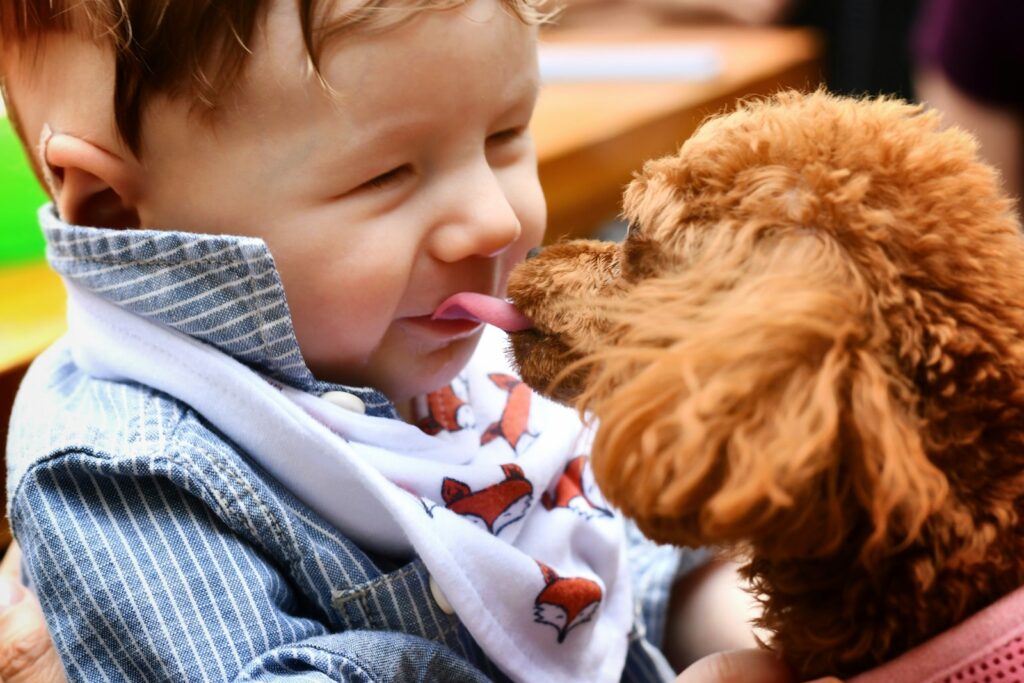
Licking is a common behavior with many possible meanings. It can express affection, submission, or curiosity. Dogs explore the world through taste and smell, so licking your skin might be their way of gathering information. It may also be a learned behavior — if you laugh or pet them afterward, they might continue to do it for attention.
Leaning Against You
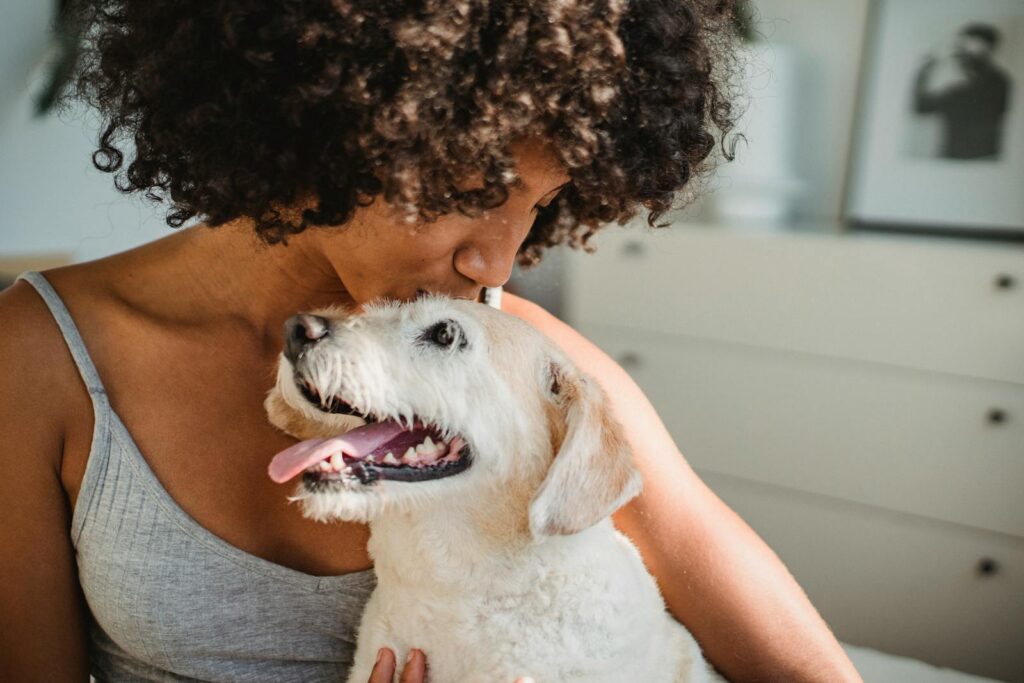
When a dog leans into you, it’s usually seeking closeness and reassurance. This behavior often shows trust and a desire for comfort, especially in unfamiliar or stressful situations. It’s a way for dogs to feel safe by physically connecting to their human. However, in some cases — particularly with confident or large dogs — leaning may also be a way to guard or subtly control space.
Showing Their Belly

When dogs roll over and expose their bellies, it can mean different things depending on the situation. A relaxed, wiggly dog might be inviting a belly rub, while a tense, still posture suggests submission or appeasement. The difference lies in the rest of the dog’s body — look for loose muscles, tail wagging, and eye contact to determine if it’s an invitation or a sign of vulnerability. Never assume a belly show always means “rub me.”
Growling Isn’t Always Aggression

Growling is often misunderstood as a sign of hostility, but it’s actually an important warning signal. A growl says, “I’m uncomfortable,” — and listening to that signal prevents escalation. Dogs growl to set boundaries, express fear, or protect resources. Punishing growling can suppress future warnings, which can lead to sudden, seemingly unprovoked bites.
Tail Between the Legs

A tail tucked between the legs is a universal sign of fear, anxiety, or submission in dogs. It can happen in reaction to scolding, loud noises, or unfamiliar environments. The tighter the tuck, the more intense the emotion. This posture often accompanies other signs like lowered ears, a hunched body, or avoidance.
Following You Everywhere

If your dog follows you from room to room, it usually means they feel bonded to you and want to be part of your pack. While it’s often a sign of affection, it can also indicate boredom, anxiety, or a lack of stimulation. Some breeds are also naturally clingier than others.
Pawing at You
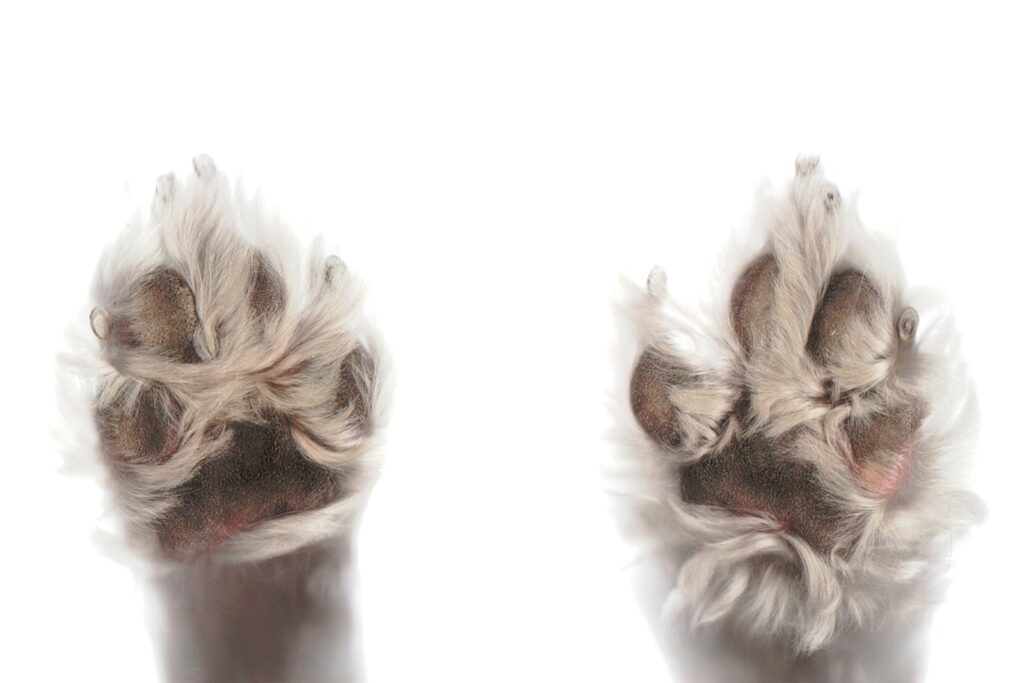
When your dog places a paw on your lap or taps you with it, they’re trying to communicate a need or desire. This gesture may mean “pet me,” “feed me,” or simply “pay attention.” It’s a learned behavior — if it gets a response, they’ll do it more. While usually harmless, persistent pawing can signal boredom or anxiety, so balance your response with providing appropriate outlets for attention and stimulation.
Sniffing Everything on Walks
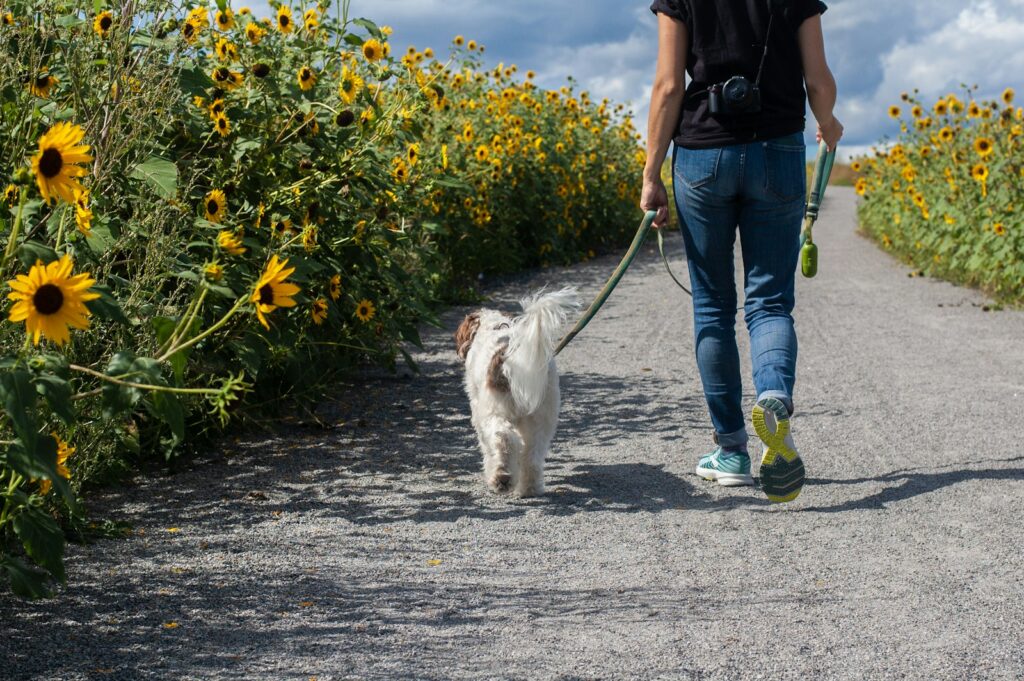
To a dog, the world is made of smells. Sniffing during walks isn’t just a distraction — it’s how they gather information, mark territory, and experience enrichment. Forcing them to stop sniffing can actually increase stress. Allowing time for “sniff breaks” during walks makes them more satisfying and mentally enriching.
Panting Without Exercise
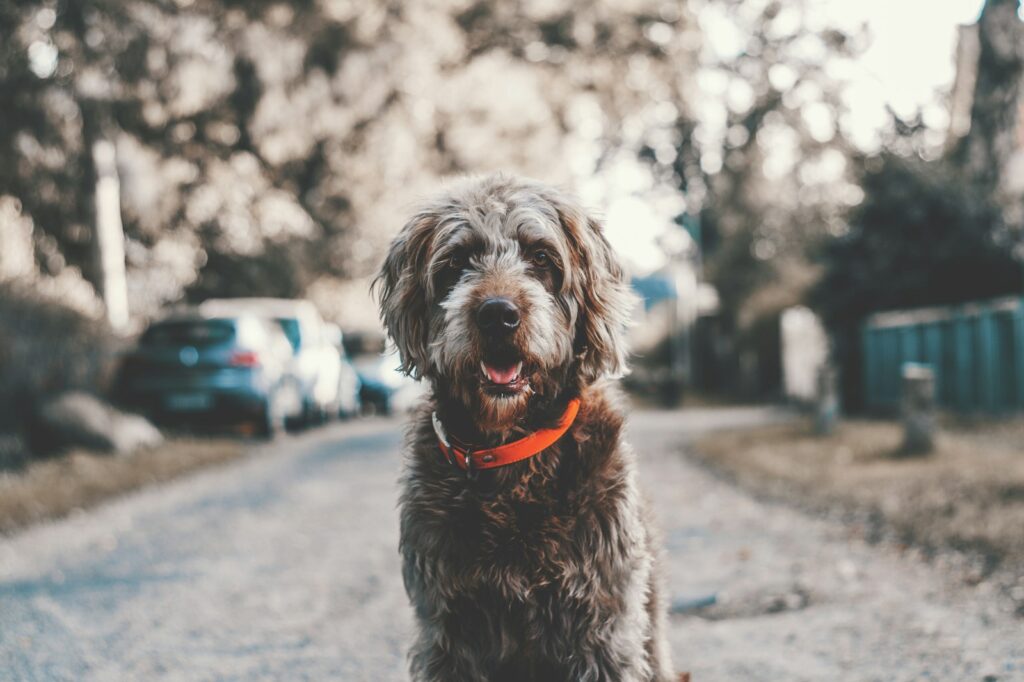
While panting is a normal way for dogs to cool down, panting without exercise or heat can indicate stress, pain, or illness. Dogs sometimes pant in situations that cause anxiety, such as vet visits, car rides, or storms. Heavy or excessive panting, especially when paired with pacing or whining, deserves attention.
Digging Indoors or Outdoors

Digging is an instinctive behavior rooted in a dog’s ancestral habits. Outdoors, it may be a way to cool off, bury objects, or burn energy. Indoors, it can mean boredom, nesting behavior, or even anxiety. Terriers and similar breeds are especially prone to digging. If the behavior becomes destructive, provide appropriate outlets, such as a digging box or puzzle toys, and evaluate whether your dog’s physical and mental needs are being met.
Sleeping in Strange Positions

Dogs sleep in a variety of positions — and each one can reveal something about their comfort level or state of mind. Curled-up sleeping often means they’re trying to conserve heat or feel secure, while sprawled-out, belly-up positions suggest trust and relaxation. A dog who sleeps with one eye open or ears alert may be on edge.

